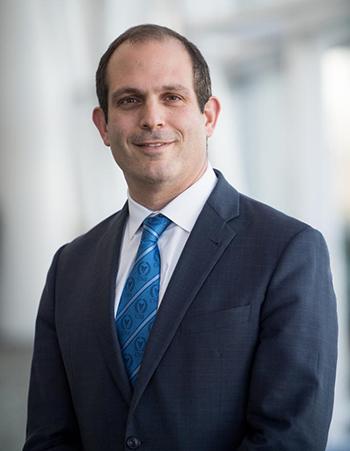Episode 72: What is Deep Brain Stimulation?
Among the treatments for Parkinson’s disease (PD), the most common are medications, which can work well up to a point. But when motor symptoms are not adequately controlled with drugs, deep brain stimulation (DBS) may be an option. Using electrodes placed in the brain, an implantable pulse generator (IPG) placed in the chest or abdomen, and a wire that connects the two, this system targets electrical currents to precise structures within the brain to block the abnormal nerve signals that cause tremor and other motor symptoms.
Originally approved by the U.S. Food and Drug Administration in 1997 to treat PD tremor, DBS approval was extended to treating advanced PD symptoms in 2002, and in 2016, to earlier stages of the disease when drugs wear off too quickly or other motor symptoms such as tremor, rigidity, stiffness, or slowness of movement become disabling. However, DBS is not a cure for PD, does not prevent its progression, and is, in fact, brain surgery. In this podcast, Dr. Nader Pouratian, Professor of Neurosurgery and director of the Neurosurgical Movement Disorders Program at the University of California, Los Angeles, discusses how DBS works, what benefits it can and cannot provide, who may be good candidates for it, possible complications, and what’s ahead.
Released: January 14, 2020
Want more?
Don't forget to subscribe! There are many ways to listen: Apple Podcasts, TuneIn (Amazon Echo), Spotify or RSS Feed. (Need help subscribing? See our quick guide.)
For all of our Substantial Matters podcast episodes, visit Parkinson.org/Podcast.
